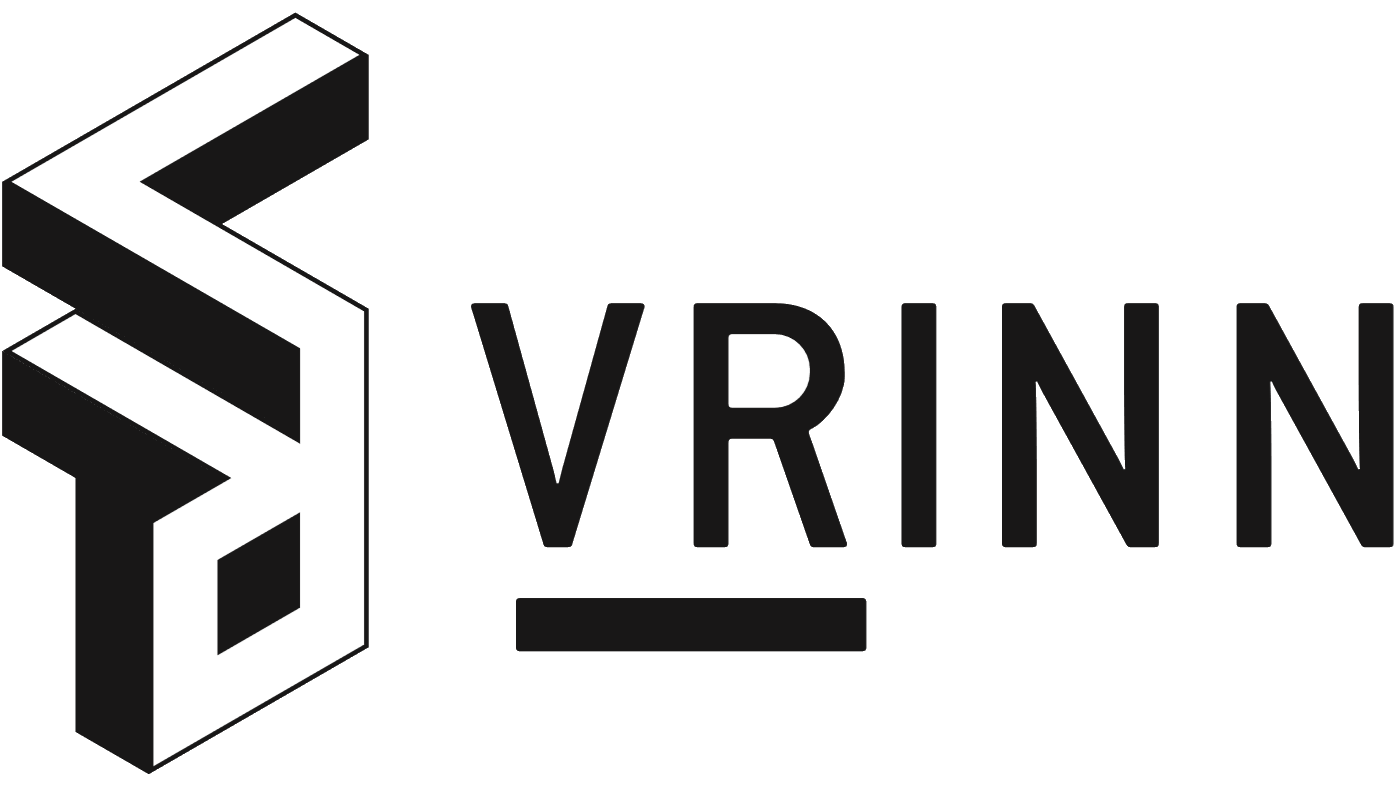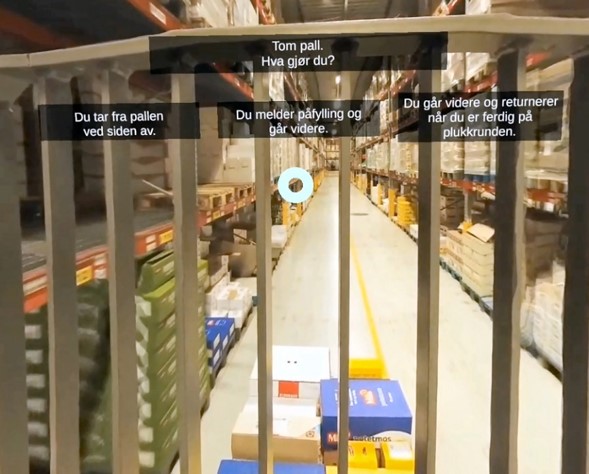– VR based learning in service and transport
Background VRICE – Main Challenge
One of the biggest challenges in Norwegian schools is to get young people to graduate. Young people who drop out of higher education are more likely to be unemployed than young people who complete higher education.
Objective and Areas of Application
The project aims to develop a learning scheme that gives secondary school children more commitment and skills, which in turn can help to prevent school drop-outs. Studies show that the use of tools such as gamification and VR can raise the level of boys in particular.
Similarly, employees in companies must also learn faster than ever before due to the rapid pace of technical development and adapt to ever new scenarios (“lifelong learning”). VR can also play an important role here.
Pilot Project VRICE
Partners
ASKO: Norway’s largest grocery wholesaler and a part of NorgesGruppen.
https://asko.no/en/
Making View: Norwegian startup based in Hamar with more than 10 years of experience within VR content production.
https://www.makingview.com/
HINN: Inland Norway University of Applied Sciences with study programs for Game Development.
https://eng.inn.no/
Hamar Katedralskole: Upper secondary school in Hamar.
https://innlandetfylke.no/hamar-katedralskole/
VRINN business cluster
https://vrinn.no/
Technical Solution
In the pilot project, 360-degree recordings were made of the entire ASKO value-added chain; all processes from goods receipt to dispatch were captured. The recordings included scenes like: Following a picker – picking principles – purchase – arrival of goods – assembling – transport – return. Thus, a gamified VR experience was created.
Results of the Pilot Project
The VR experience was then tested and evaluated in a school class of Hamar Katedralskole. The students were generally very positive, found it fun, motivating and instructive.
In the feedback discussion they stated that learning of this kind creates more variety, breaks with pure theory and gives the feeling of having done something physically. They had the feeling of being in the ASKO warehouse and they liked seeing the person who picks the goods.
The students made several suggestions for improvement, but also suggestions for application in other disciplines.
Main Project VRICE
Goal
After completion and positive evaluation of the pilot project, a follow-up project is now being launched. The aim is to develop a platform for the training of vocational school students and employees in logistics using VR technology to make learning more interesting and efficient for both vocational school students and (new) employees in companies. In doing so, the experiences from the pilot project will be used as a basis.
Project period
Q1 2020 – until July 2021
Research Questions
How can a VR learning platform be designed so that right/wrong decisions and feedback contribute to better learning?
What is the difference in terms of efficiency and time consumption between employees in the logistics industry who receive VR training and those who receive conventional training?
How do professionals perceive the use of VR as a contribution to a better understanding of key aspects of logistics and as an experience of combining theory and practice?
Movie clip demonstrating the gamification part of the VRICE application (application is still under development)
[youtube https://www.youtube.com/watch?v=MHrnDQJ1md8&w=560&h=315]
Also read
- Lærer logistikk gjennom VR-spill (Norwegian)



